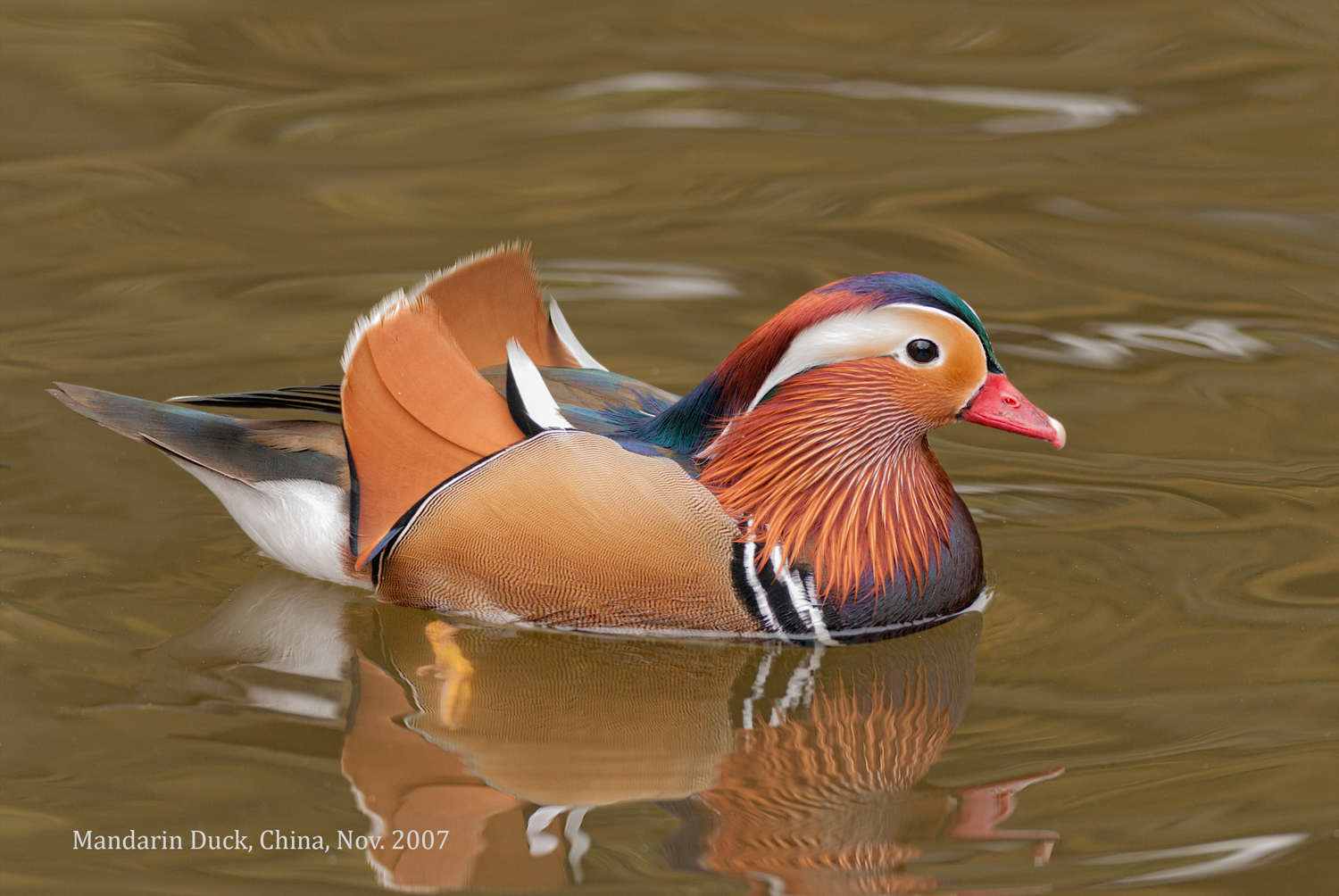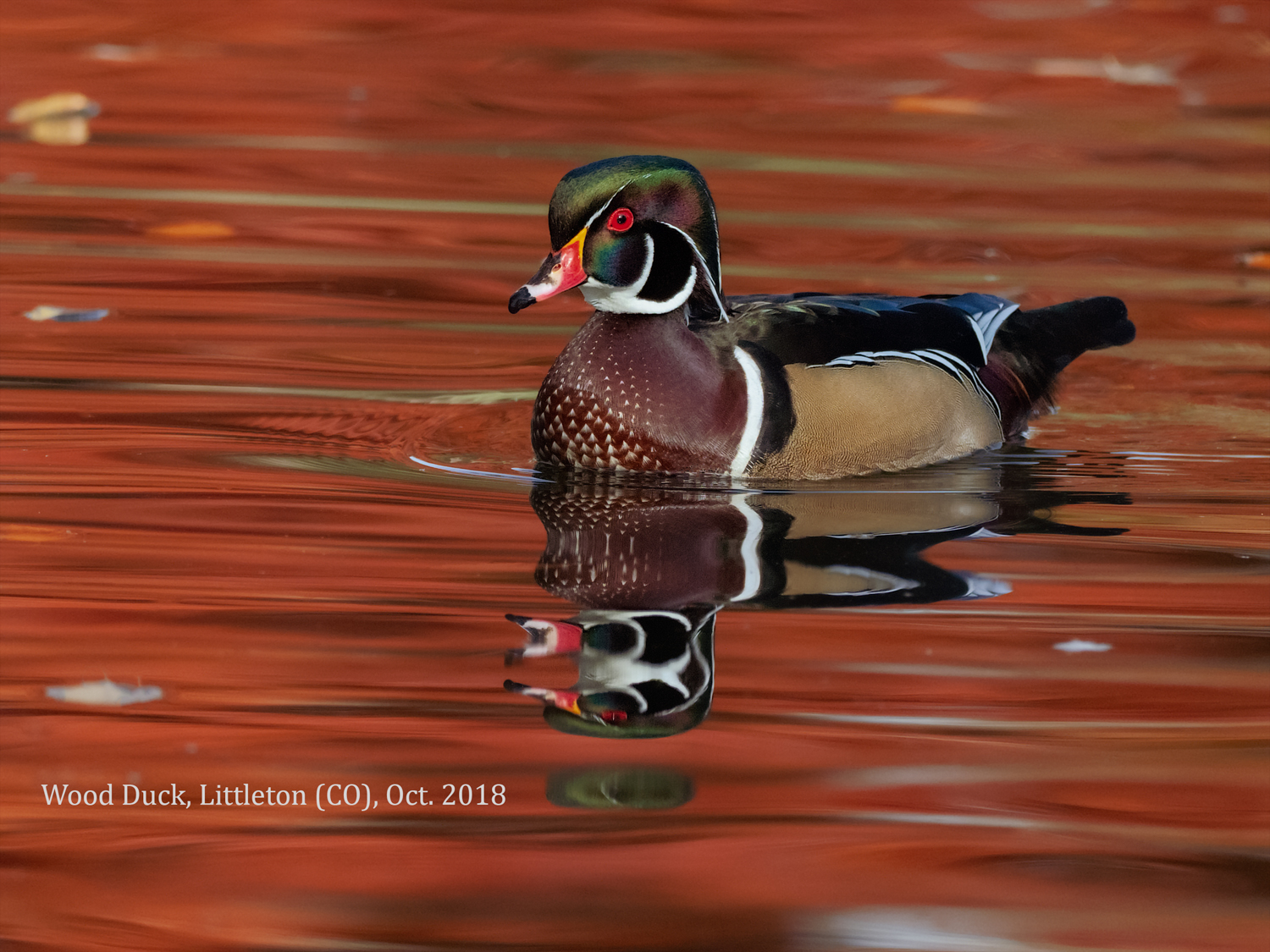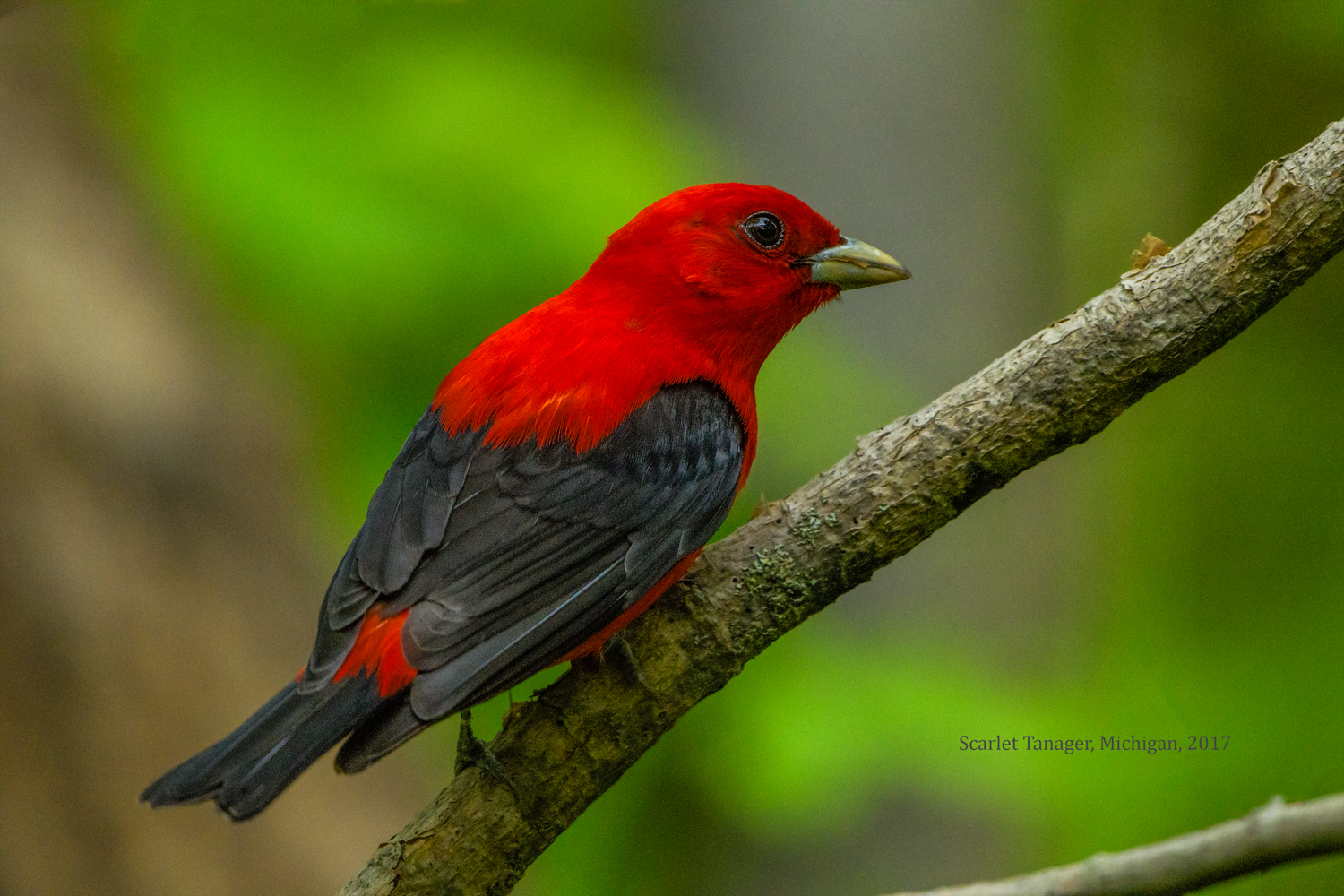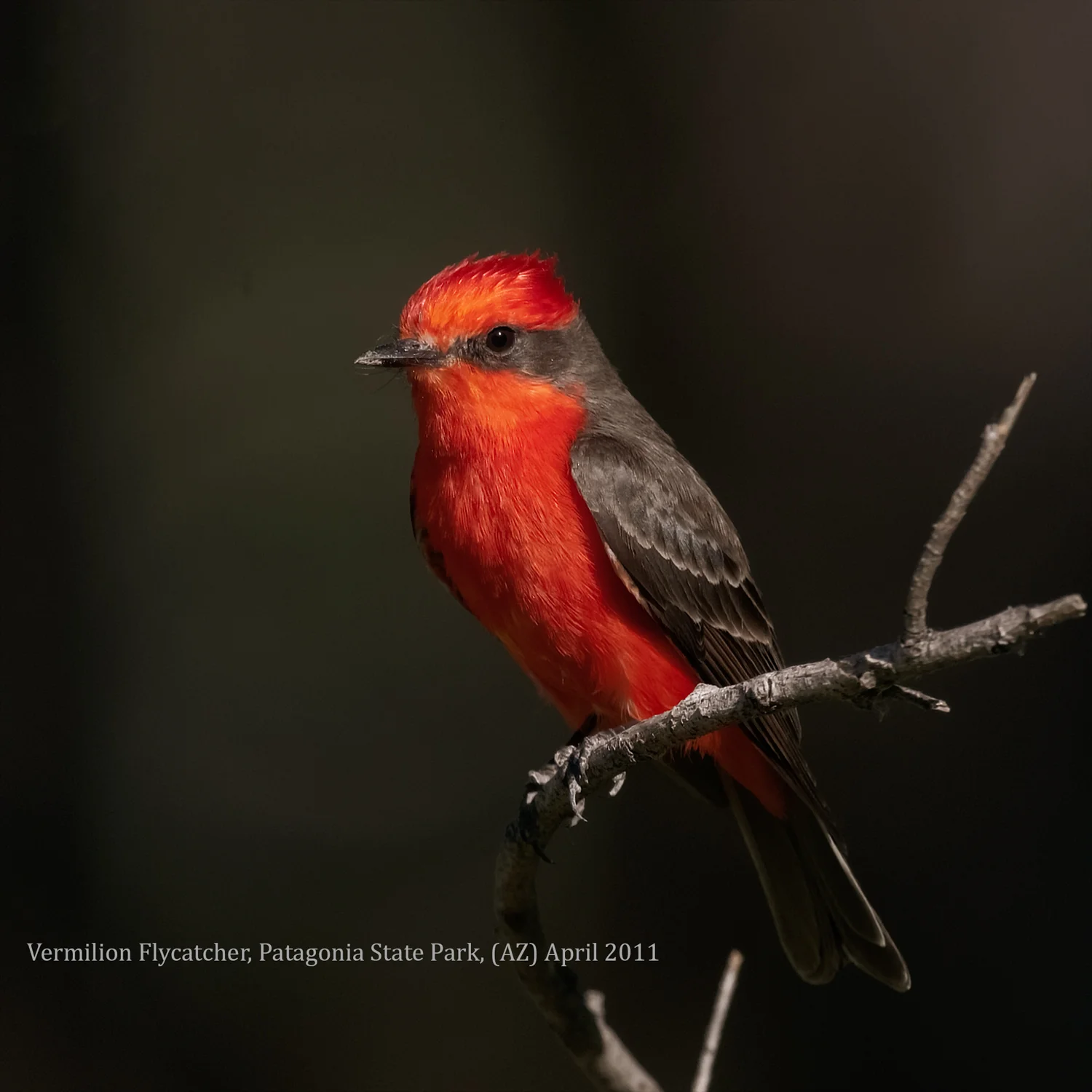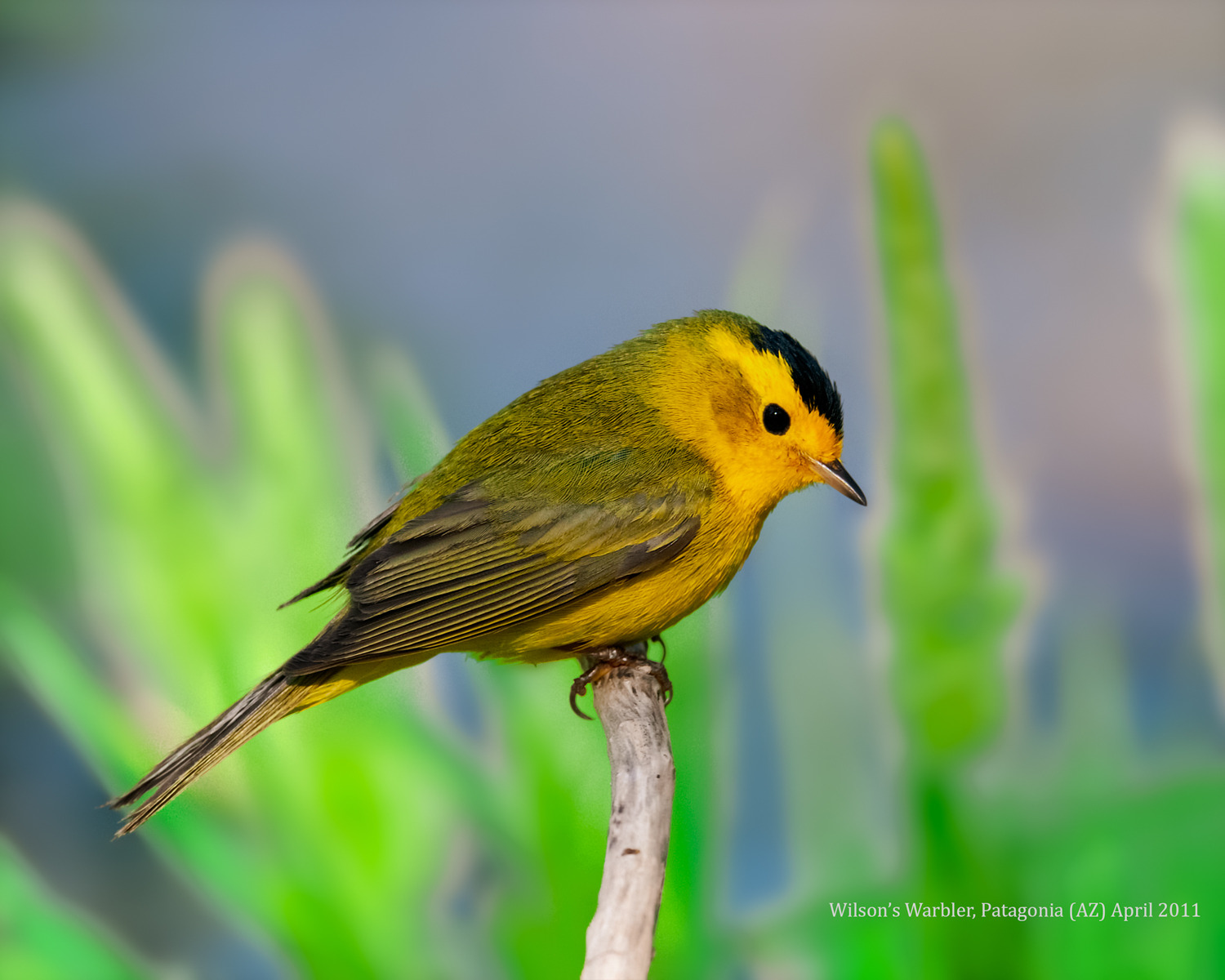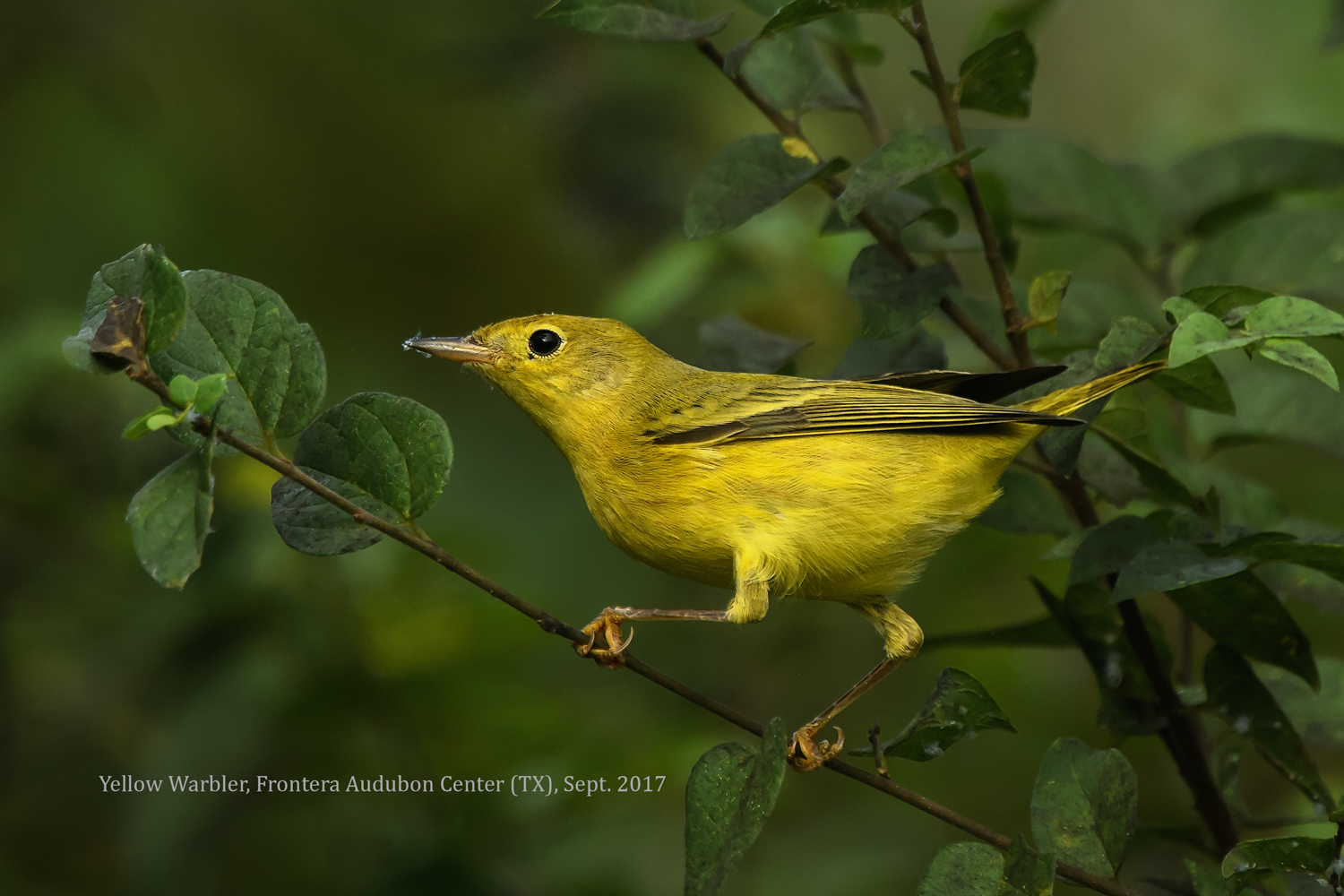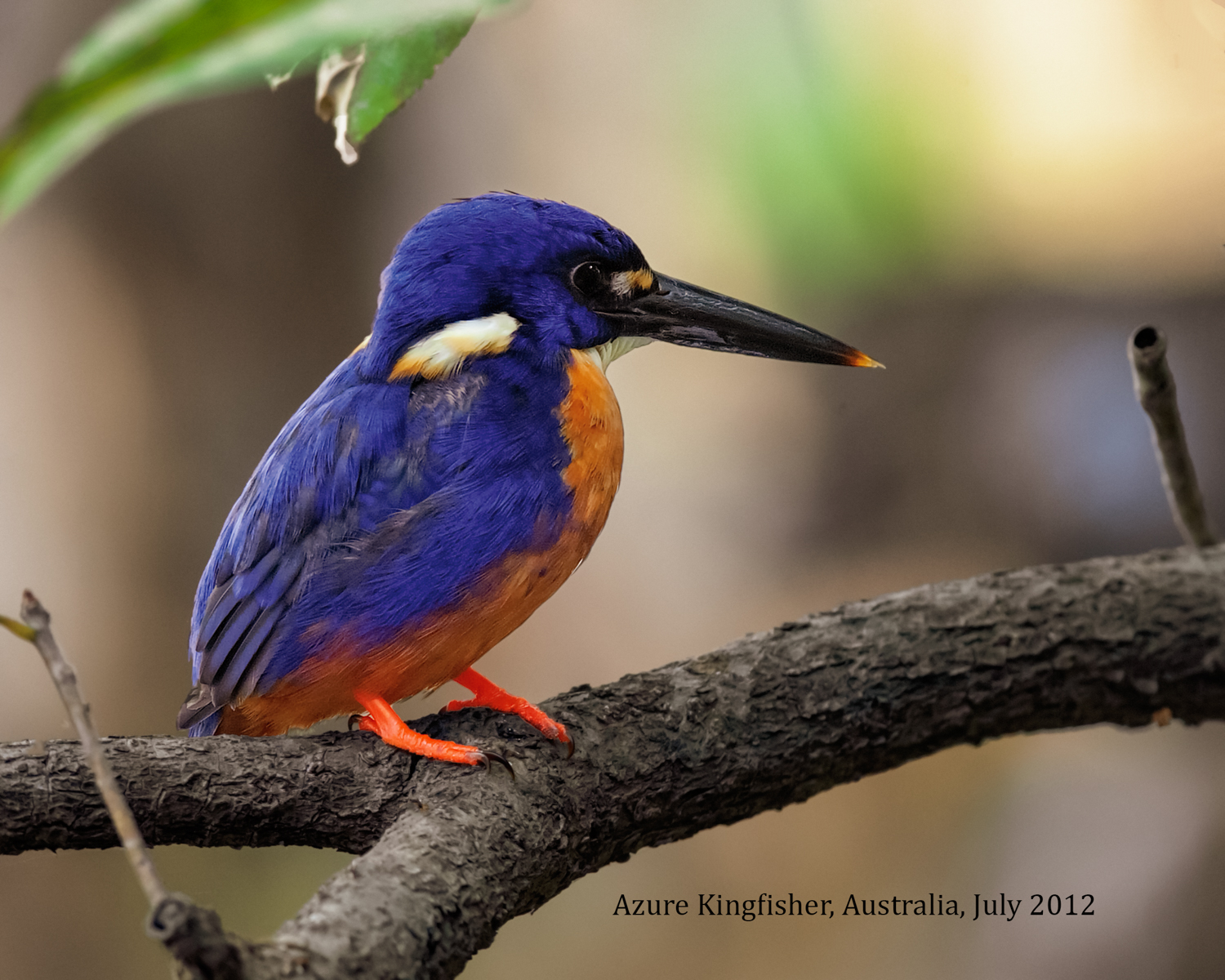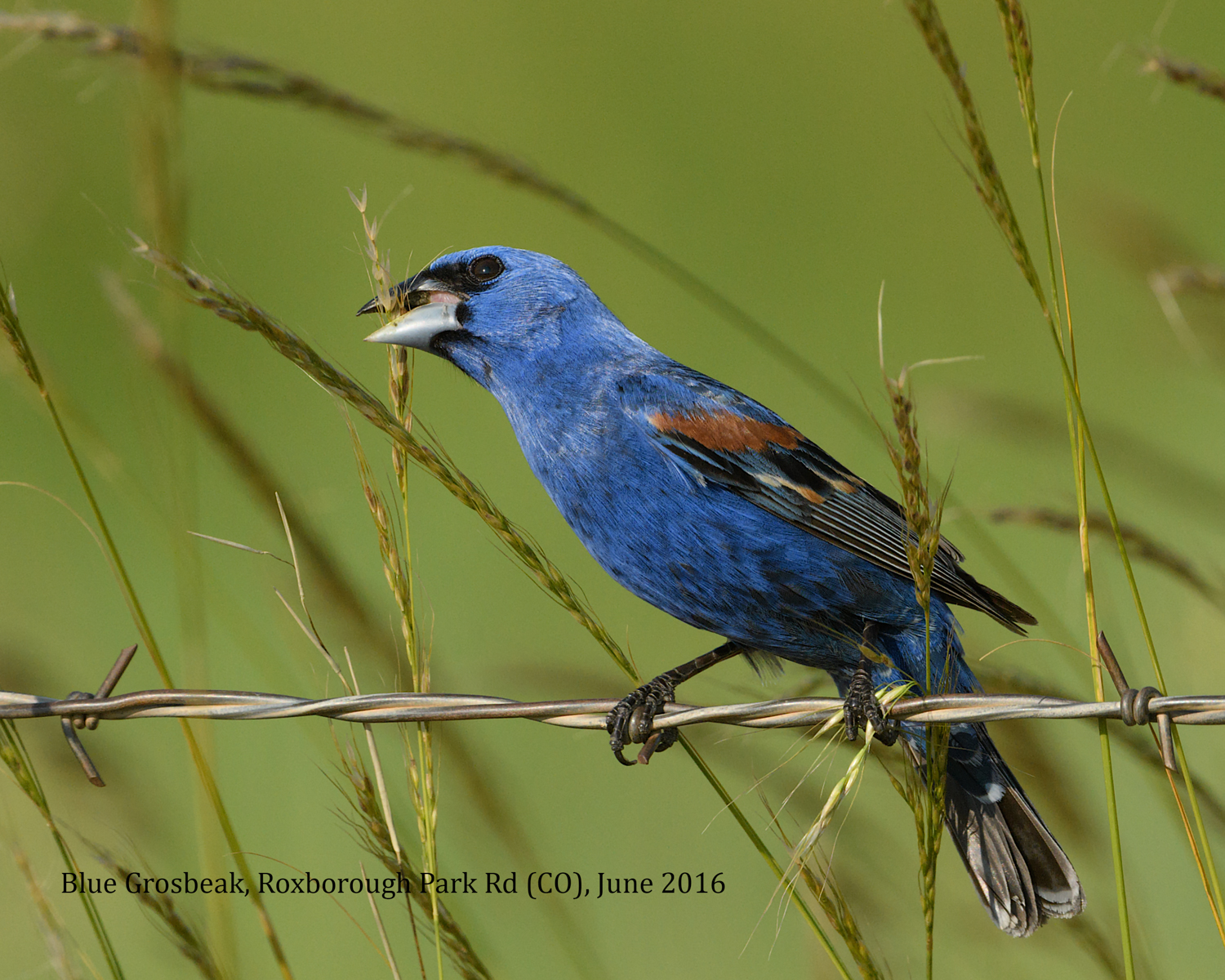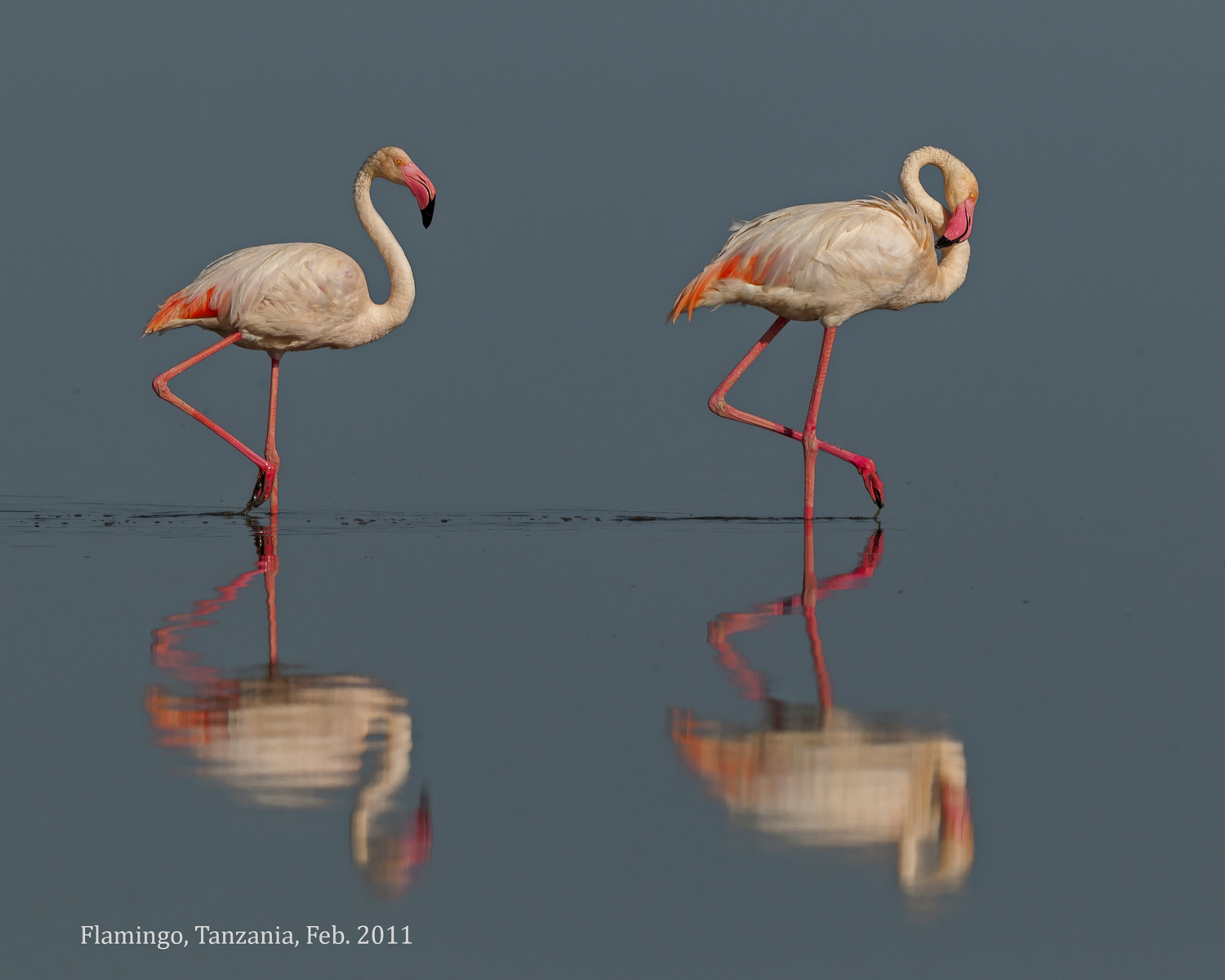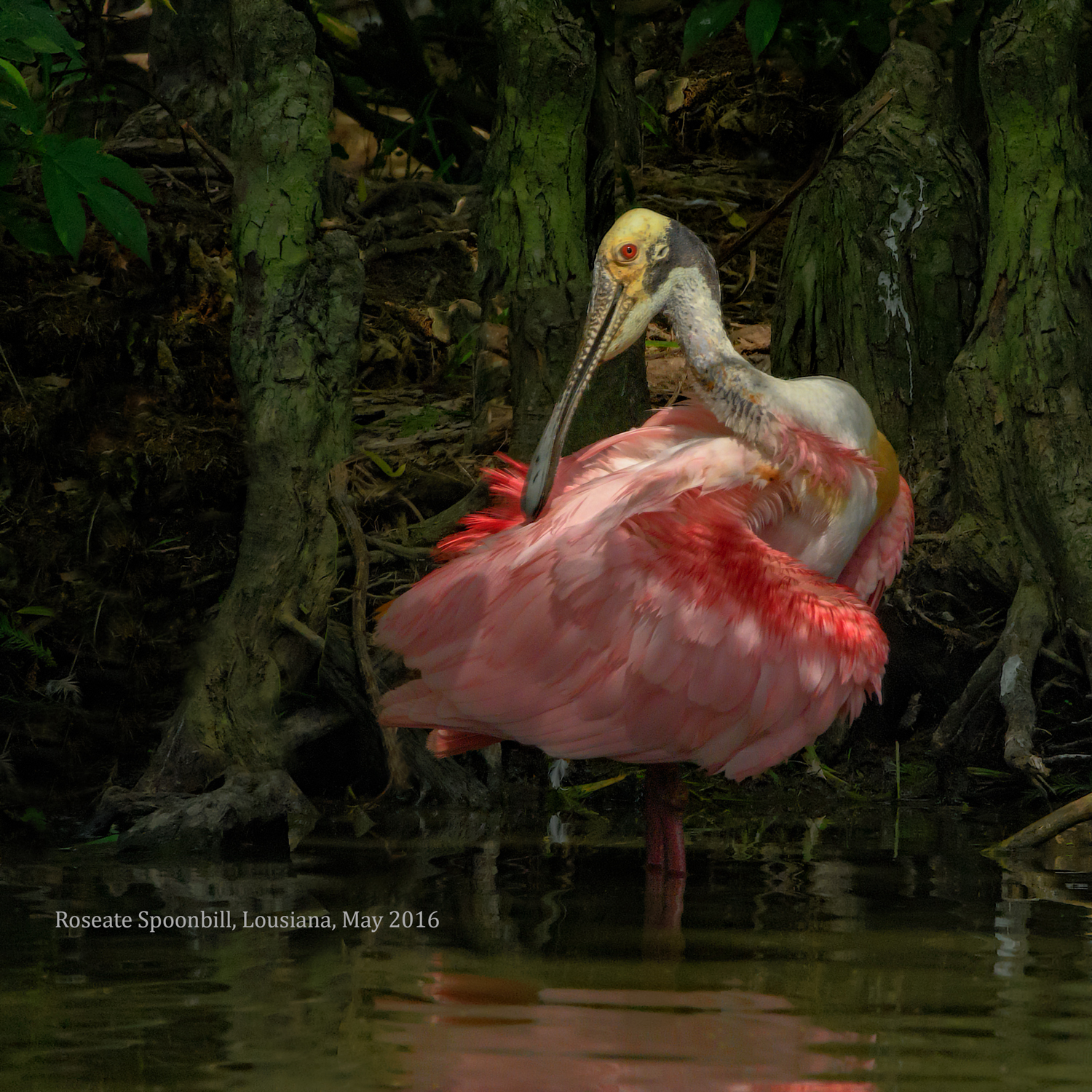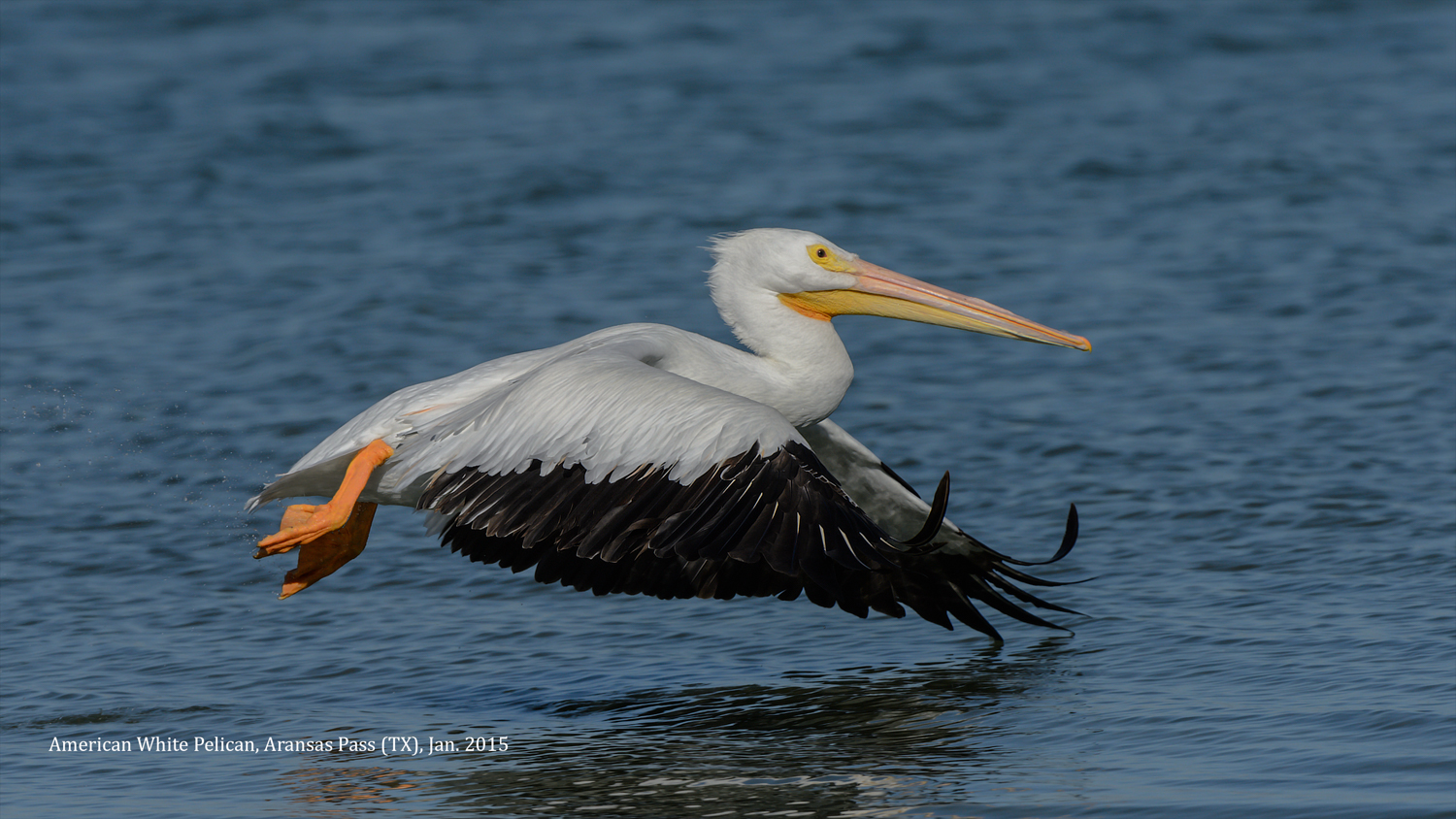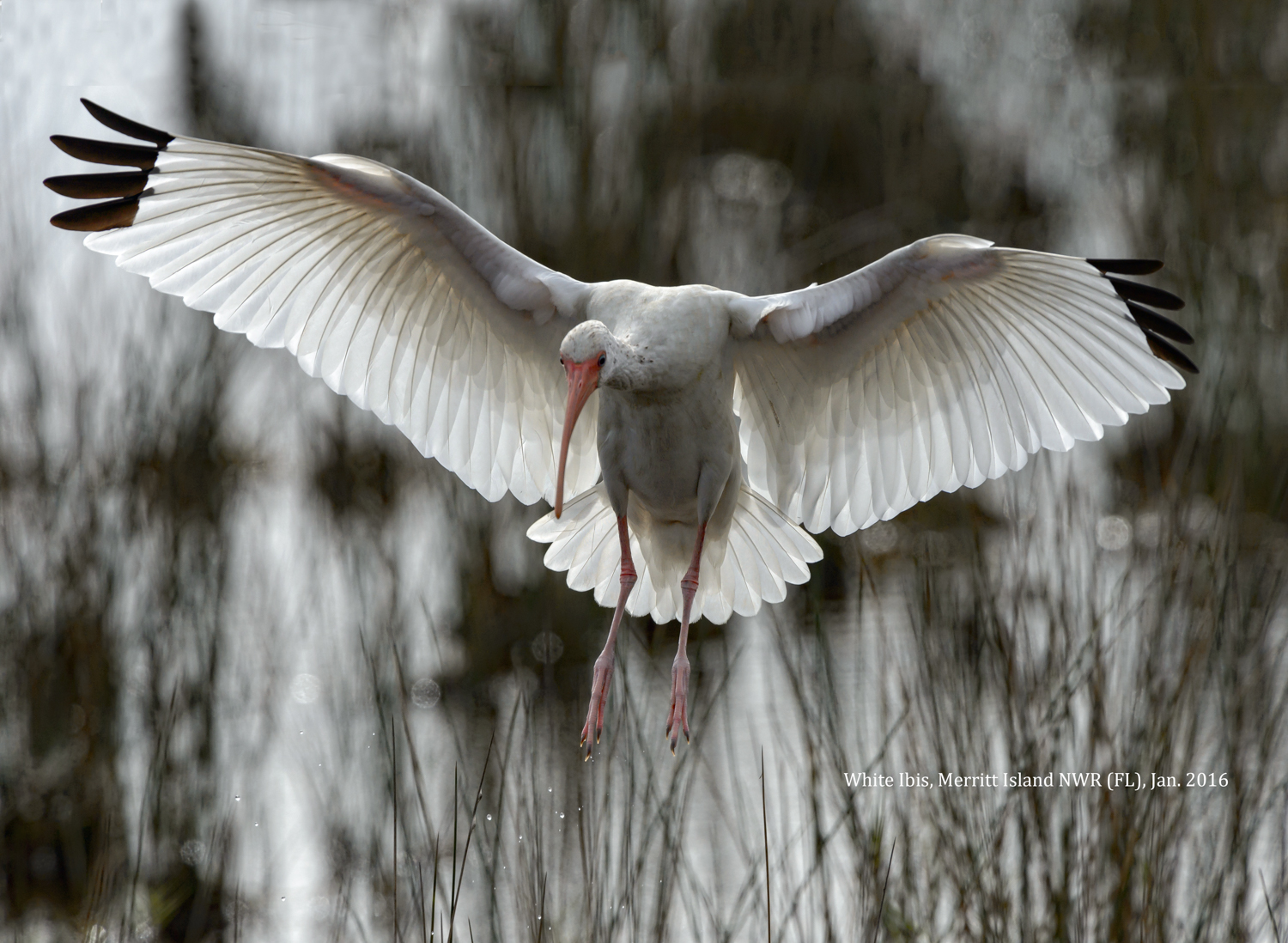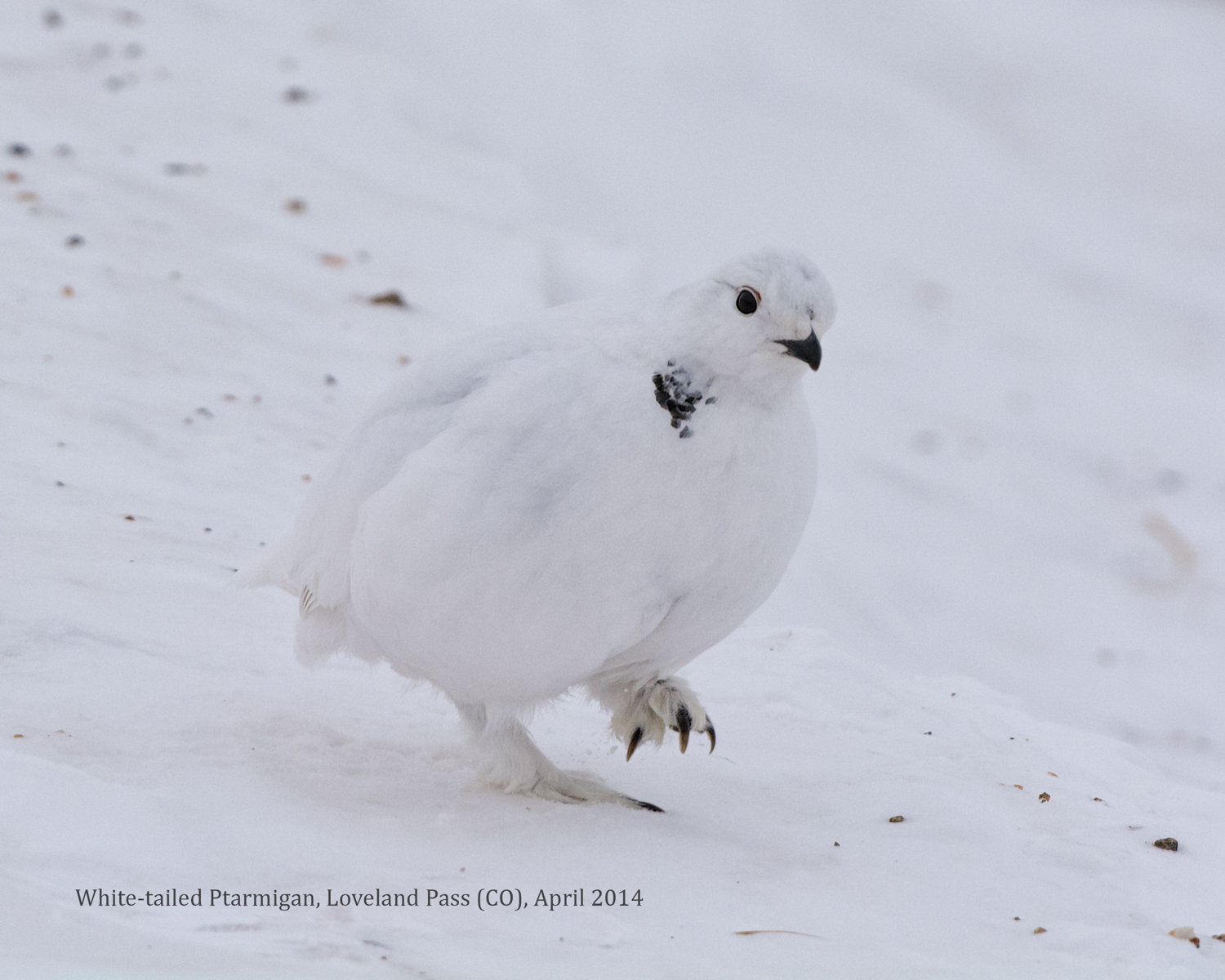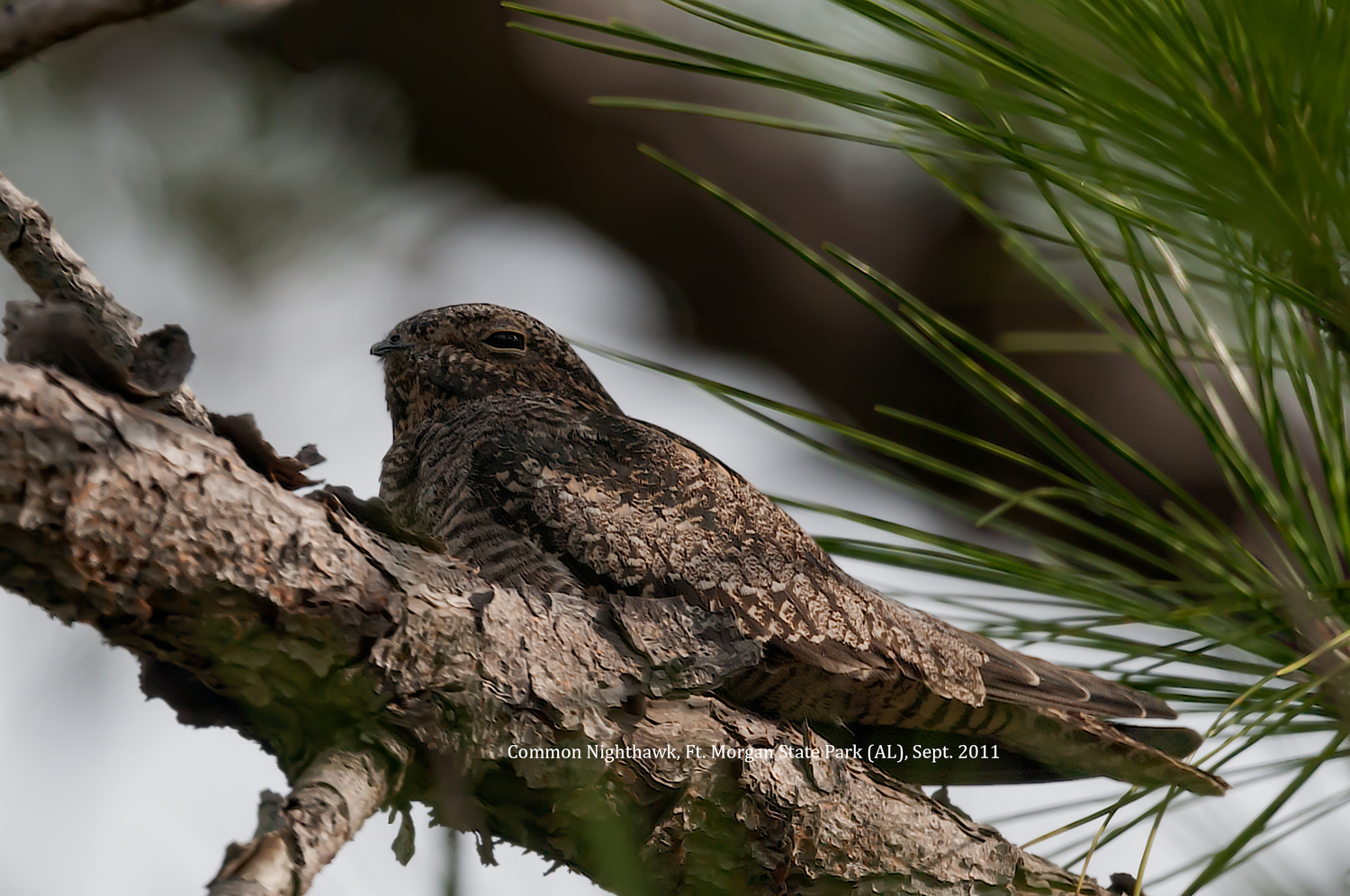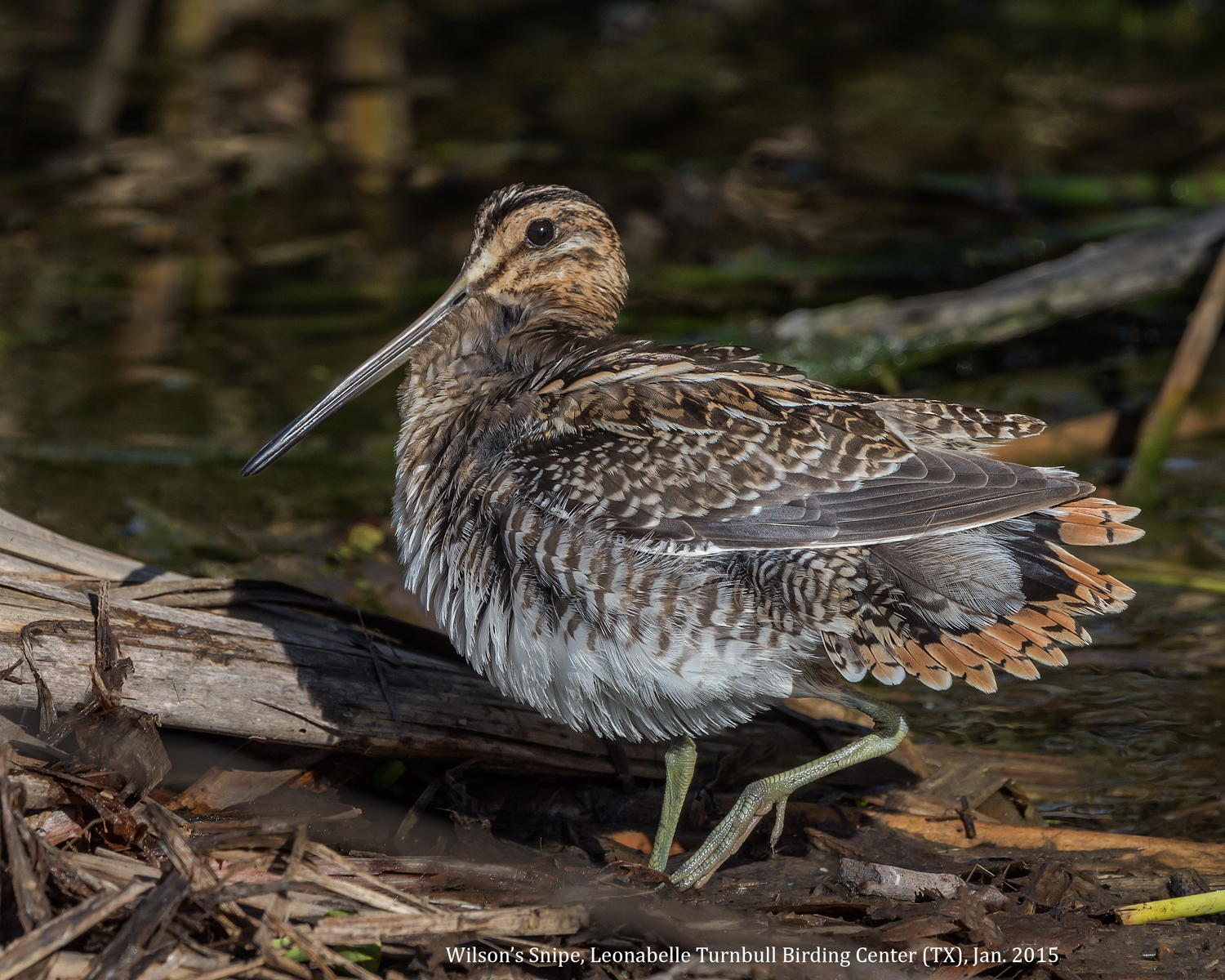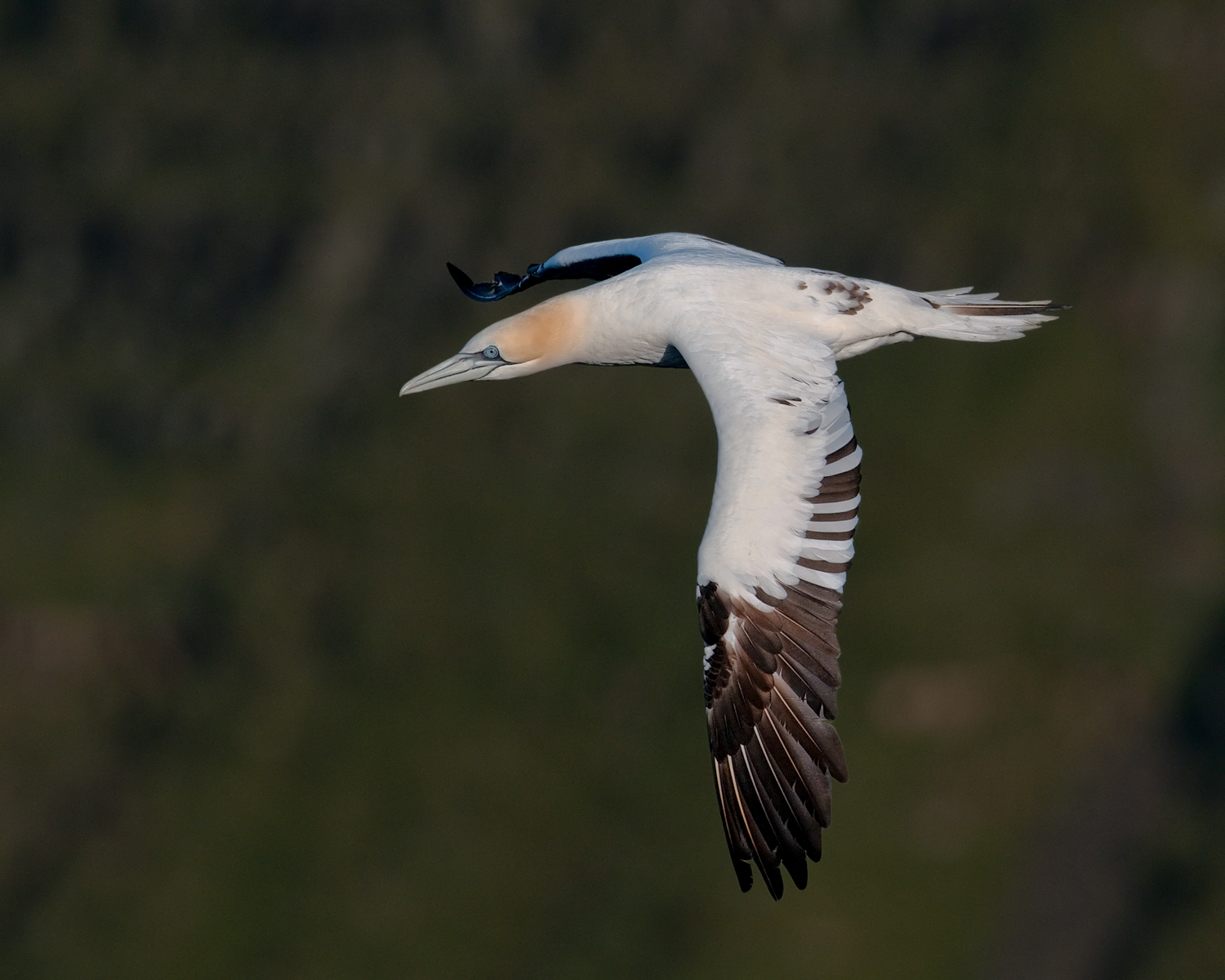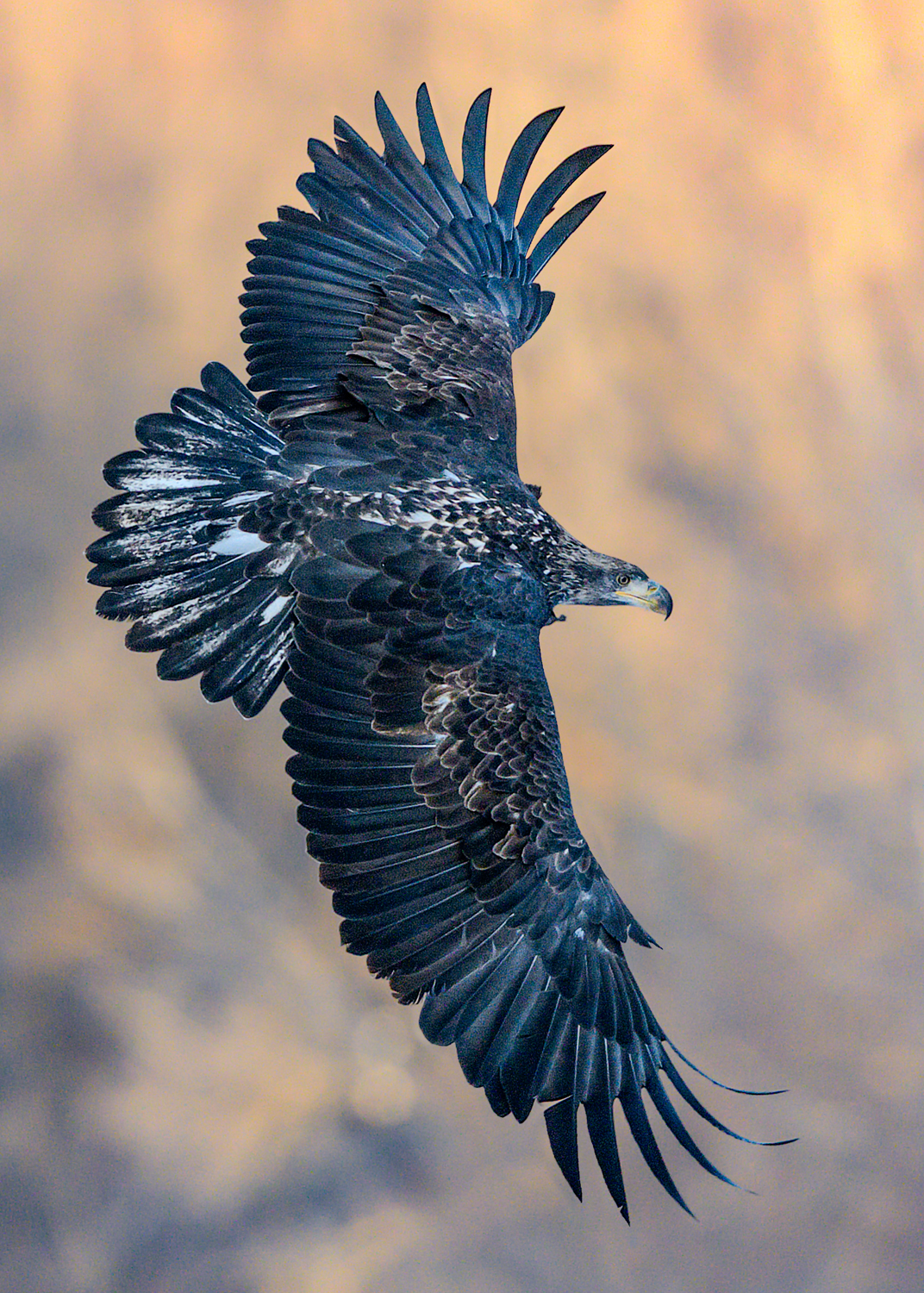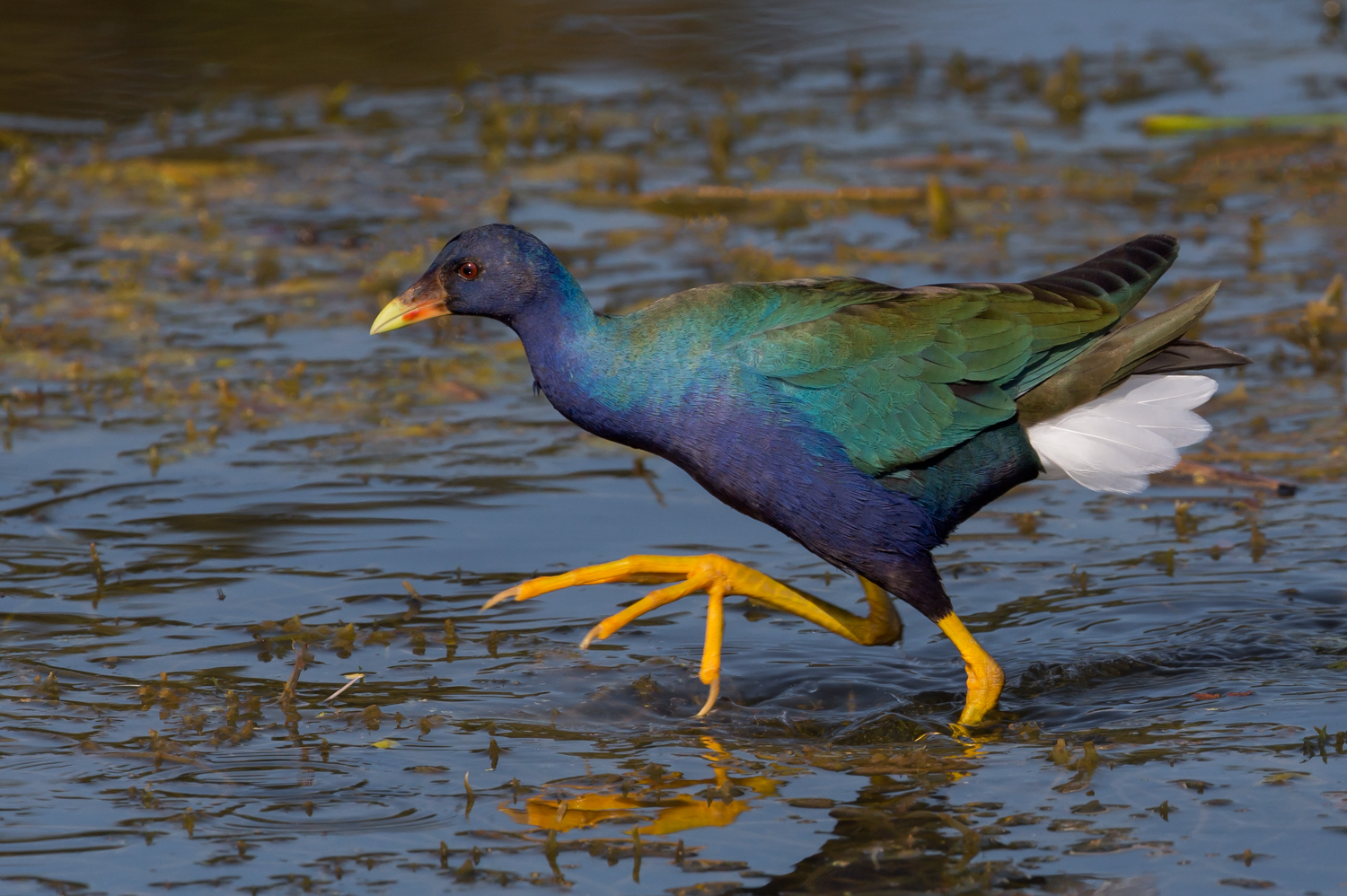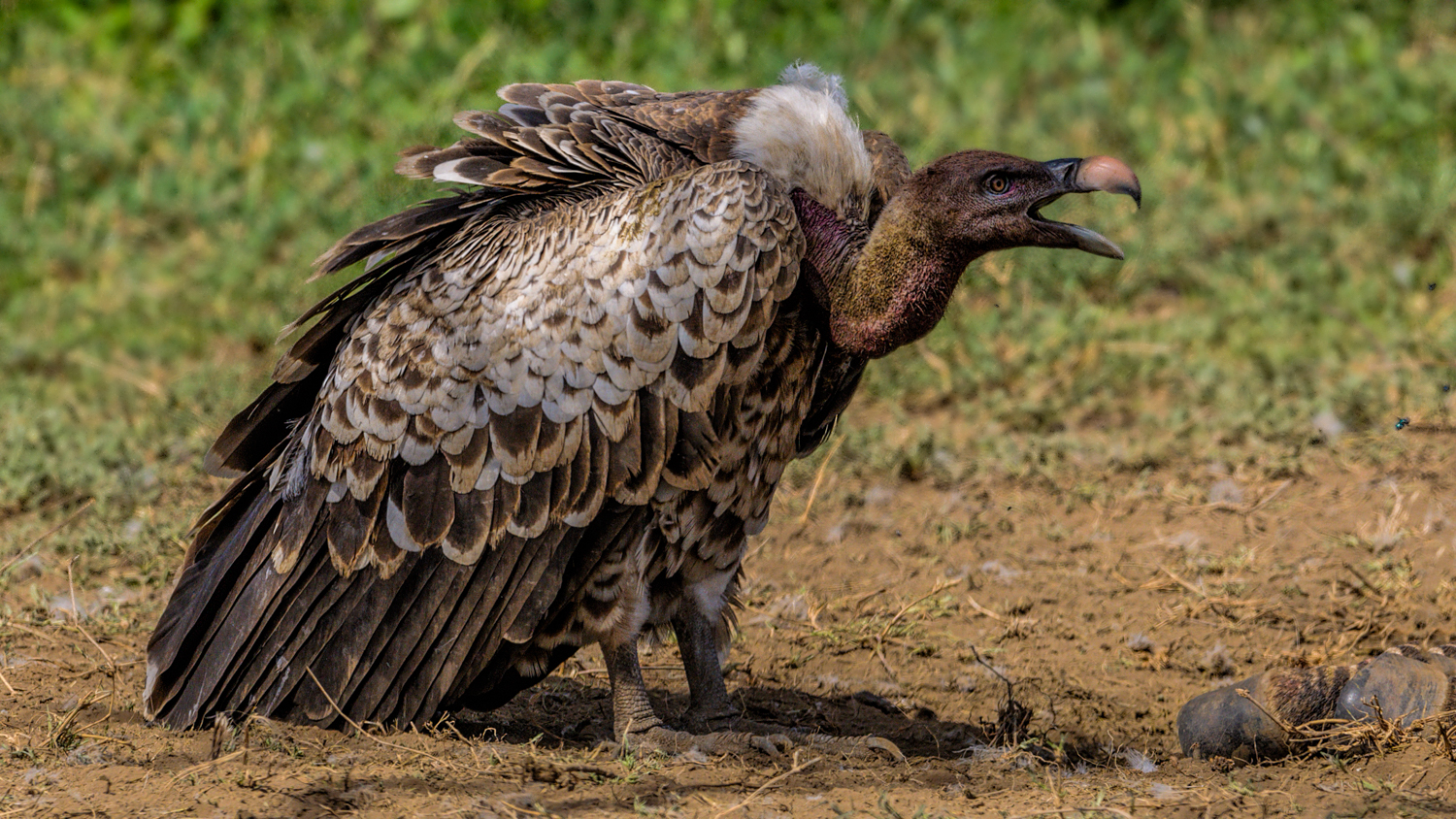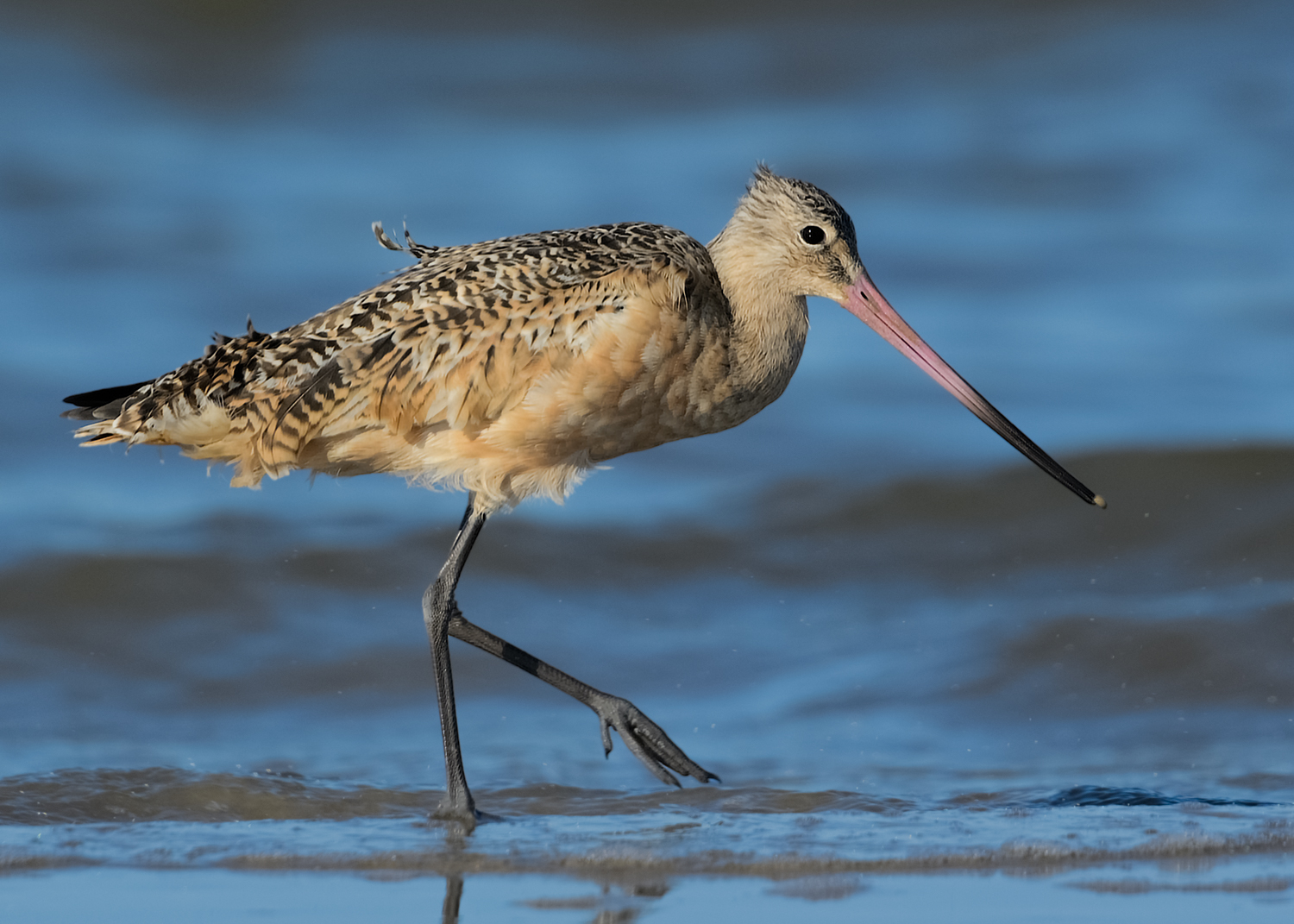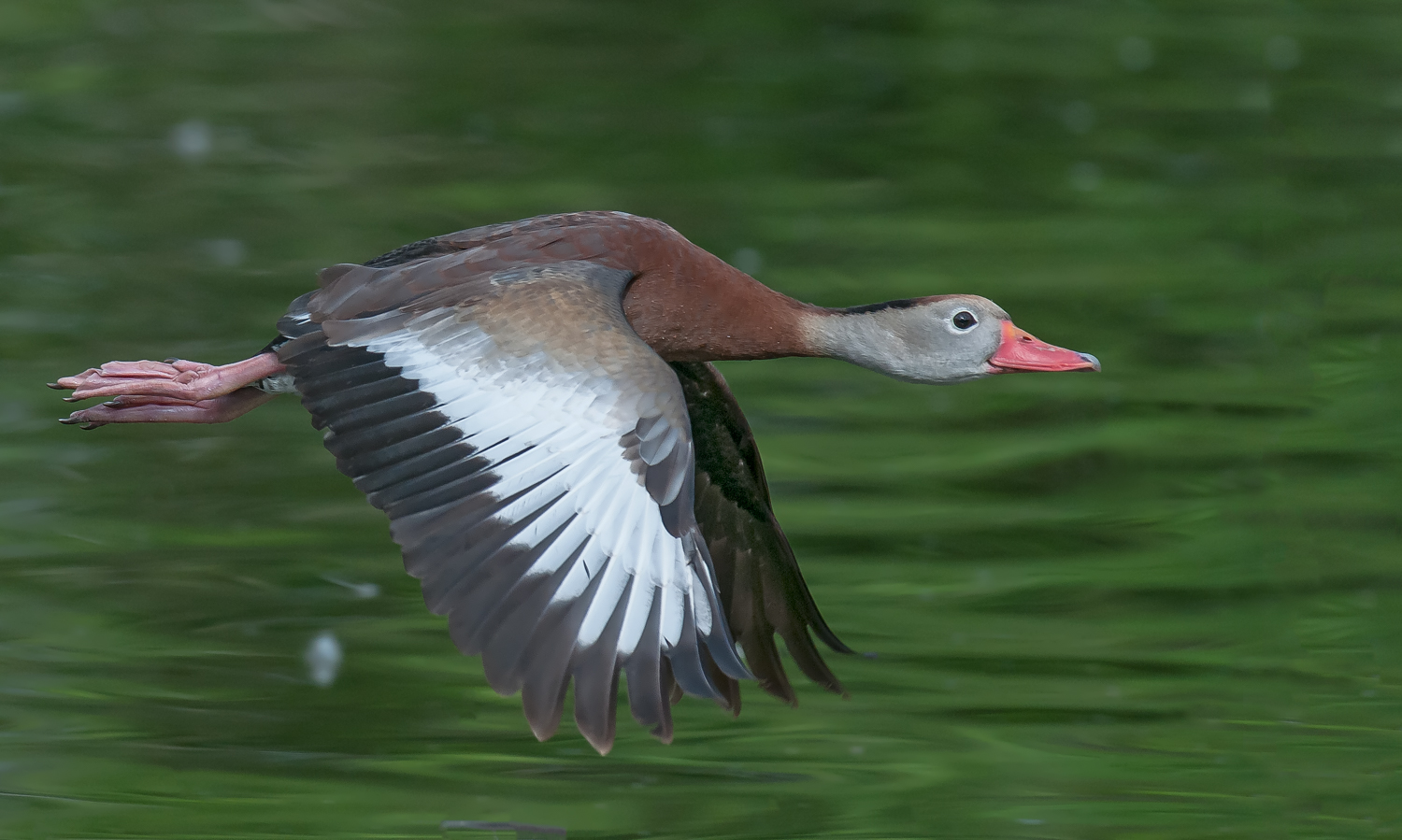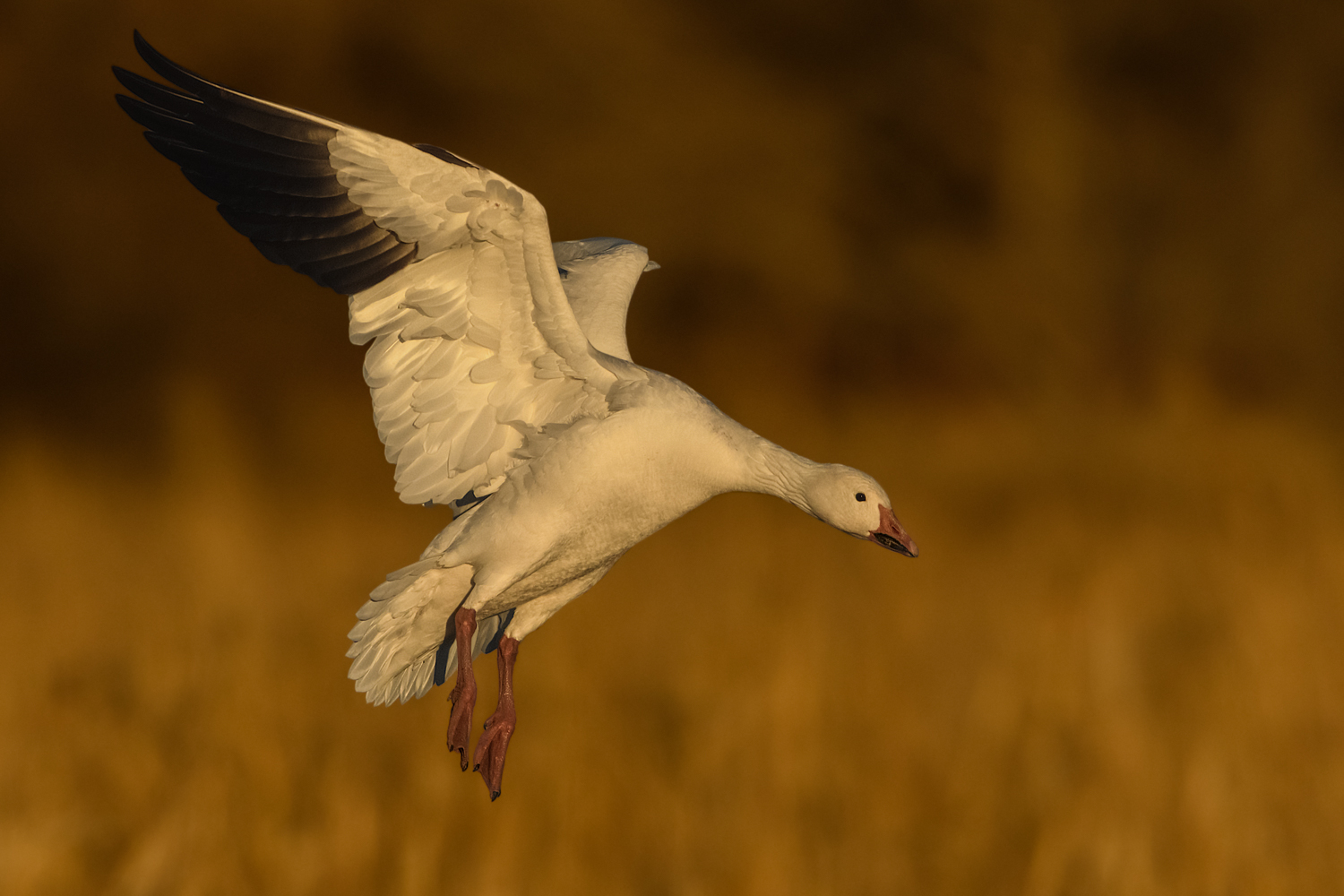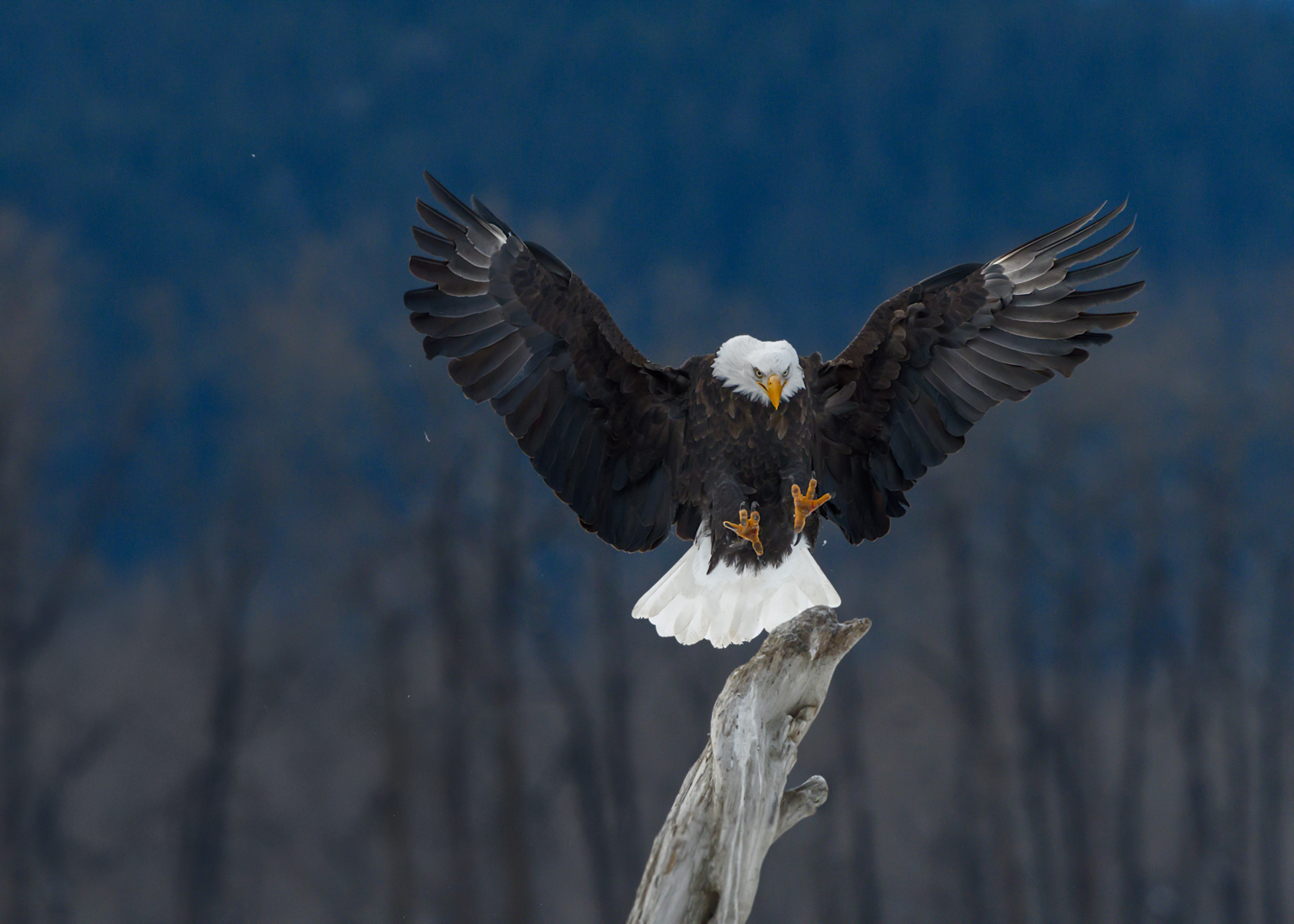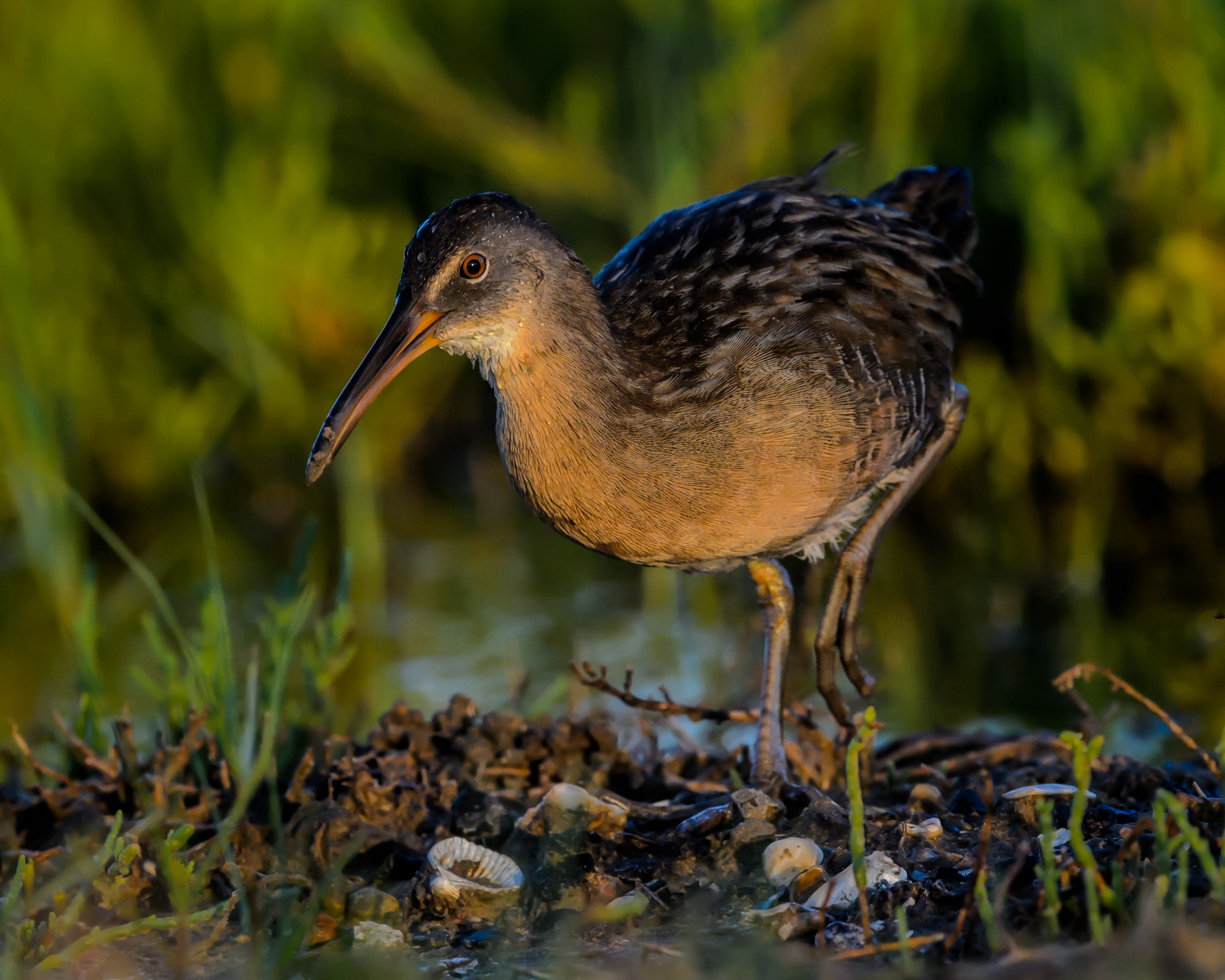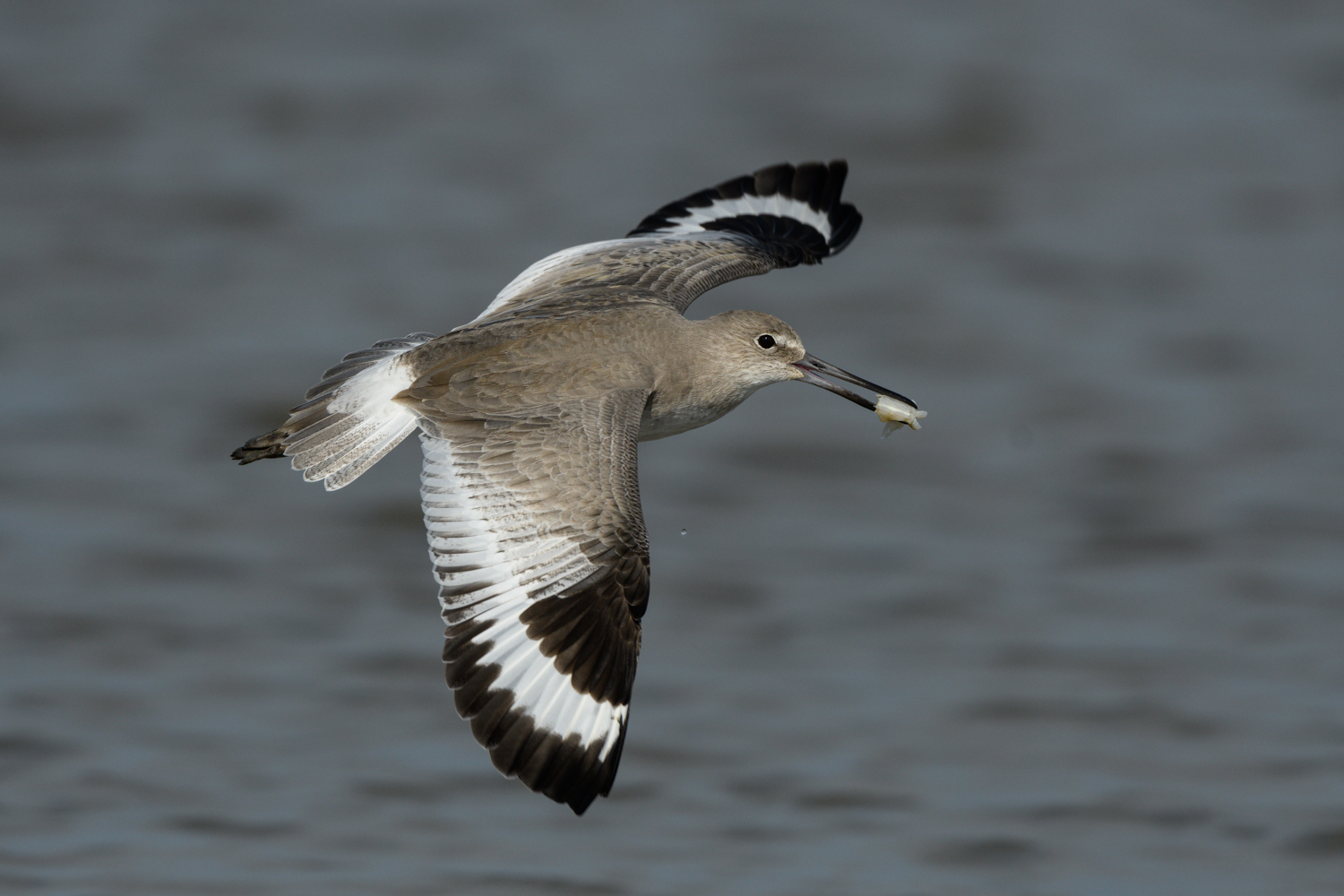“Birds are beautiful, in spectacular as well as subtle ways; their colors, shapes, actions, and sounds are among the most aesthetically pleasing in nature.” David Sibley. From the preface of The Sibley Guide to Birds (2000)
Birds are Beautiful - Color (and plumage patterns)
The images of the Mandarin Duck, the Wood Duck and most of the other images shown above were selected because color was a major contributor to my perception of their beauty. The last six focus on the functional significance of other aspects of the plumage. Carotenoid pigments that absorb certain wavelengths of light while reflecting others are responsible for the intense red and bright yellows in the plumage of Scarlet Tanager, Vermilion Flycatcher, Wilson’s and Yellow Warbler and many other birds. The blues of the Azure Kingfisher and Blue Grosbeak are not produced by pigments but result from the reflection of short wavelengths of light by tiny particles in the feather. Similarly, the iridescent colors of the White-faced Ibis and the gorget of Broad-tailed Hummingbird are due to the differential reflection of wavelengths. The pink color of Flamingos and Roseate Spoonbill is diet-dependent. The dark feathers of the wingtips of the White Pelican and White Ibis contain the melanin pigment which makes them more resistant to the abrasion they encounter. Cryptic coloration helps birds avoid predators. The White-tailed Ptarmigan in winter plumage is difficult to see against a background of snow and the Common Nighthawk blends seamlessly into the tree branch upon which it is perched. Other plumages are classified as disruptive. The black dots and white blobs of the D’Arnaud’s Barget and intricate patterns of brown stripes and bars of Wilson’s Snipe provide excellent camouflage in the habitats they occupy.
Birds are Beautiful - Shape (wings)
(click on image for larger view; mouse over image to see species, location, date)
Active soaring birds such as the Black-browed Albatross and the Norther Gannet have wings that are long and narrow and optimized for dynamic soaring (using different wind speeds at different heights above the waves to provide lift). Bald Eagles have long but relatively broad wings. The feathers at the end of the wing can be spread-out to produce slots between the primaries that provide extra lift when flying with the additional weight of prey. The short, tapered wings of Peregrine Falcons with stiff, unslotted feathers provides high speed maneuverability during flight. The flight of the Great Blue Heron and Great Egret is characterized by long, slow wing flaps. Herons and egrets have wings which are long and relatively slender, a shape good for long flights but not for quick maneuvering. The wings of the Caspian Tern are long relative to its body size (high aspect-ratio) and thin in width. This wing design provides high maneuverability. The wings of Loggerhead Shrike and American Oystercatcher are short and rounded with a low aspect ratio - features that allow fast and explosive flights. Their ellipitical wings allow tight maneuvering in confined spaces. The wings of Western Meadowlark are well suited for the flight pattern of the bird: alternating periods of rapid wing beats and gliding with the wings held stiff.
Birds are Beautiful - Shape (feet)
(click on image for larger view; mouse over image to see species, location, date)
Birds’ feet have also adapted to their particular habitat. Tufted Puffins and waterbirds, including ducks and geese, have webbing between their toes so that the feet can be used to paddle. The Downy Woodpecker and most other woodpeckers have two toes pointed forward and two toes pointed backward, an arrangement that helps support the bird as it climbs up and down a tree or other perch. American Coots spend as much time walking on mud as they do swimming and have lobes, rather than webbing, on the toes. The extremely long toes of Purple Gallinules spreads their weight enough to allow them to walk on floating vegetation such as lily pads. They also use the toes to manipulate vegetation and search for prey on the undersides of the plants. The long toes of the Snowy Egret and other wading birds spreads the bird’s weight over a large surface area and, thereby, facilitates walking on the soft surfaces where they do most of their feeding. The sharp, highly curved claws of Osprey and other birds of prey are used for grasping and transporting prey.
Birds are Beautiful - Shape (beaks)
(click on image for larger view; mouse over image to see species, location, date)
The bill or beaks of birds have also adapted to the many different environments in which birds live. The Black-headed Grosbeak and the House Finch have short, thick conical bills used for cracking seeds. The thin, slender, pointed beaks of Wilson’s Warblers are used to pick insects off leaves, twigs, and bark. The Curve-billed Thrasher forages on the ground beneath shrubs and cacti using the bill to spread plant litter while searching for seeds and insects. Ducks and geese have long and flat beaks that are used for straining water and mud for aquatic plants. The water filters through small comb like structures lining the edges of the bill which can be seen in the image of the Northern Shoveler. The sharp serrated tooth-like structures on the edge of the bill of Red-breasted Mergansers enable the bird to maintain a grip on struggling fish. The sharply hooked bills of hawks, falcons, accipiters and vultures illustrated in the images of Ruppell’s Griffon Vulture and Crested Caracara are effective in tearing apart the flesh of animals they consume. Common Nighthawks have a bristle-fringed bill that sweeps in insects during flight. Except during the breeding season Giant Petrels spend virtually all their time at sea. Cellular dehydration from drinking seawater while at sea does not occur because specialised glands filter salt ions from seabirds’ bloodstream and excrete it as a highly concentrated saline solution that drips out of the external tubular nostril on top of the upper mandible. Tricolored and other herons and egrets have long bills which they use to make sudden, long jabs into the water for fish, frogs, crayfish, and snakes. Black-necked Stilts have a long, thin, straight black bill which they use when probing in mud and sand for prey. The Marbled Godwit has a long, up-turned bill used to probe with rapid head jabs in the mud. Long-billed Curlews use their long, downcurved bills to reach deep into the water for mollusks and small crabs and to probe in the mud for worms and insects. Western Grebes and Anhinga use their sharp, slender beaks to spear prey while diving in open water.
Birds are Beautiful - Actions
(click on image for larger view; mouse over image to see species, location, date)
I have not tried to categorize the actions. The images are sorted by groups of species (wading birds, shorebirds, raptors, etc.). The captions contain bird identification, location, and year and sometimes a brief description of the action.
